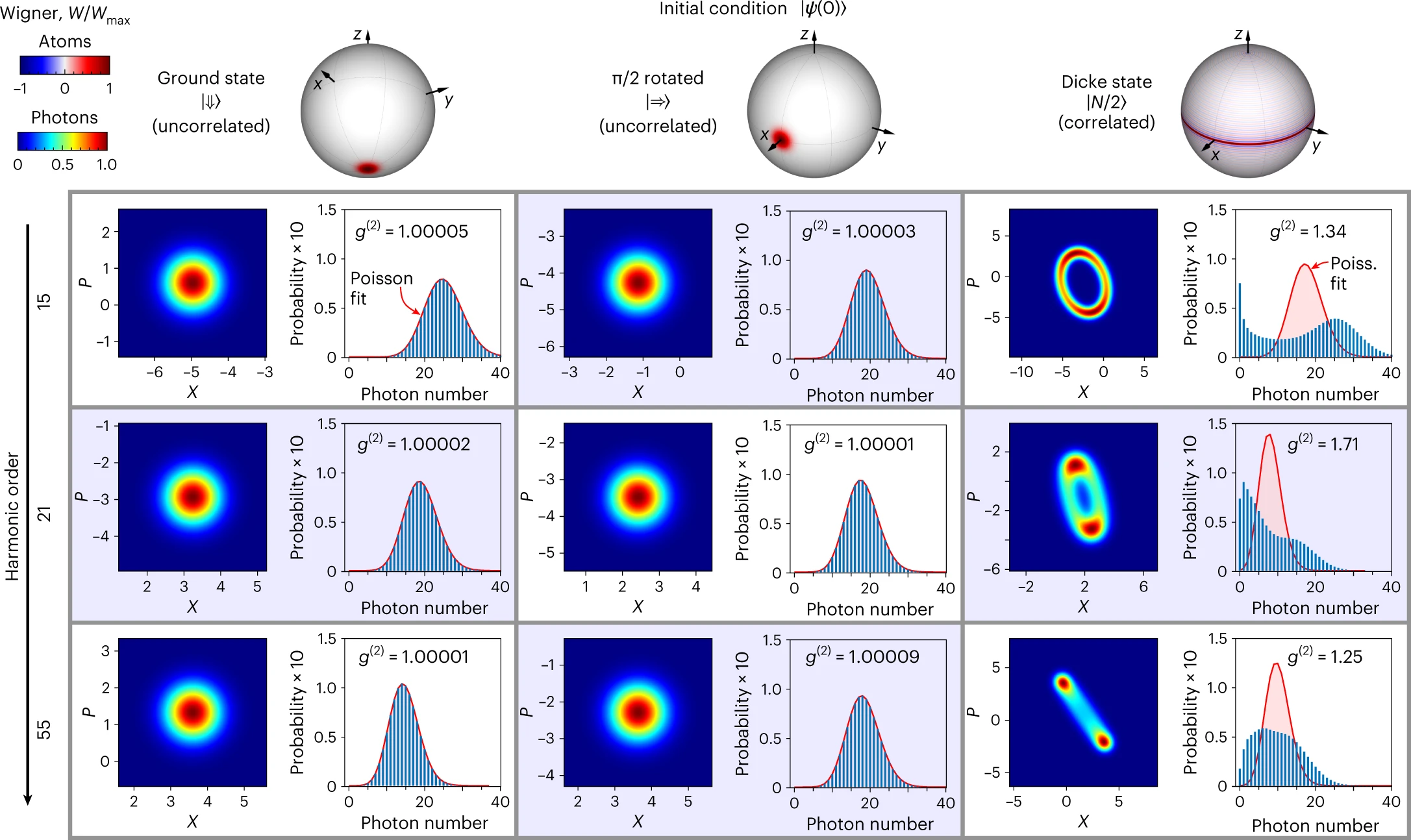Insider Brief
- A team of researchers describe a new state of light, which has controllable quantum properties over a broad range of frequencies.
- The team, which includes scientists from the University of Cambridge, along with colleagues from the US, Israel and Austria, report their findings in Nature Physics.
- Critical Quote: “Quantum fluctuations make quantum light harder to study, but also more interesting: if correctly engineered, quantum fluctuations can be a resource. Controlling the state of quantum light could enable new techniques in microscopy and quantum computation.” — lead author Andrea Pizzi.
PRESS RELEASE — Researchers have theorized a new mechanism to generate high-energy ‘quantum light’, which could be used to investigate new properties of matter at the atomic scale.
The researchers, from the University of Cambridge, along with colleagues from the US, Israel and Austria, developed a theory describing a new state of light, which has controllable quantum properties over a broad range of frequencies, up as high as X-ray frequencies. Their results are reported in the journal Nature Physics.
The world we observe around us can be described according to the laws of classical physics, but once we observe things at an atomic scale, the strange world of quantum physics takes over. Imagine a basketball: observing it with the naked eye, the basketball behaves according to the laws of classical physics. But the atoms that make up the basketball behave according to quantum physics instead.

“Light is no exception: from sunlight to radio waves, it can mostly be described using classical physics,” said lead author Dr Andrea Pizzi, who carried out the research while based at Cambridge’s Cavendish Laboratory. “But at the micro and nanoscale so-called quantum fluctuations start playing a role and classical physics cannot account for them.”
Pizzi, who is currently based at Harvard University, worked with Ido Kaminer’s group at the Technion-Israel Institute of Technology and colleagues at MIT and the University of Vienna to develop a theory that predicts a new way of controlling the quantum nature of light.
“Quantum fluctuations make quantum light harder to study, but also more interesting: if correctly engineered, quantum fluctuations can be a resource,” said Pizzi. “Controlling the state of quantum light could enable new techniques in microscopy and quantum computation.”
One of the main techniques for generating light uses strong lasers. When a strong enough laser is pointed at a collection of emitters, it can rip some electrons away from the emitters and energise them. Eventually, some of these electrons recombine with the emitters they were extracted from, and the excess energy they absorbed is released as light. This process turns the low-frequency input light into a high-frequency output radiation.
“The assumption has been that all these emitters are independent from one another, resulting in output light in which quantum fluctuations are pretty featureless,” said Pizzi. “We wanted to study a system where the emitters are not independent, but correlated: the state of one particle tells you something about the state of another. In this case, the output light starts behaving very differently, and its quantum fluctuations become highly structured, and potentially more useful.”
To solve this type of problem, known as a many body problem, the researchers used a combination of theoretical analysis and computer simulations, where the output light from a group of correlated emitters could be described using quantum physics.
The theory, whose development was led by Pizzi and Alexey Gorlach from the Technion, demonstrates that controllable quantum light can be generated by correlated emitters with a strong laser. The method generates high-energy output light, and could be used to engineer the quantum-optical structure of X-rays.
“We worked for months to get the equations cleaner and cleaner, until we got to the point where we could describe the connection between the output light and the input correlations with just one compact equation. As a physicist, I find this beautiful,” said Pizzi. “Looking forward, we would like to collaborate with experimentalists to provide a validation of our predictions. On the theory side of things, our work suggests many-body systems as a resource for generating quantum light, a concept that we want to investigate more broadly, beyond the setup considered in this work.”
The research was supported in part by the Royal Society. Andrea Pizzi is a Junior Research Fellow at Trinity College, Cambridge.
For more market insights, check out our latest quantum computing news here.

















